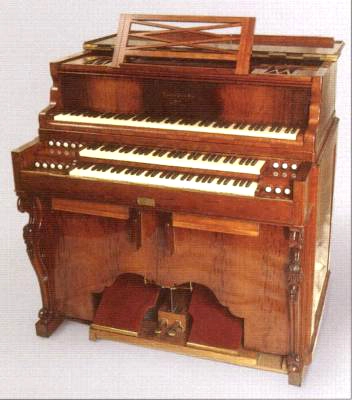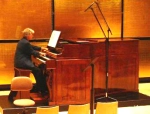When the U.S. operatic soprano Minnie Hauk (1851–1929) first toured Europe in 1868, her instant success was due largely to shrewd marketing by her teacher and manager Maurice Strakosch.
Capitalizing on Hauk’s childhood on the American prairie, Strakosch’s advance publicity described her as “a kind of half-civilized Pocahontas, who, back in the wilds of her homeland, was accustomed to riding a mustang bareback and being worshipped by the continent’s aborigines as a ‘dusky daughter of the sun.’”
Thanks to widespread curiosity about this exotic creature—and, of course, to her prodigious talent—Hauk remained abroad for the next eight years, performing at all the major opera houses in Austria, Belgium, France, Germany, Holland, Hungary, and Russia.
This according to Women in the spotlight: Divas in nineteenth-century New York by Andrea Saposnik (Saarbrücken: Lambert Academic Publishing).
Today is Hauk’s 170th birthday! Above, the soprano in her highly acclaimed role as Carmen; over the course of her career she performed the work in four languages.











 The iconography of the harp in the context of the
The iconography of the harp in the context of the 


